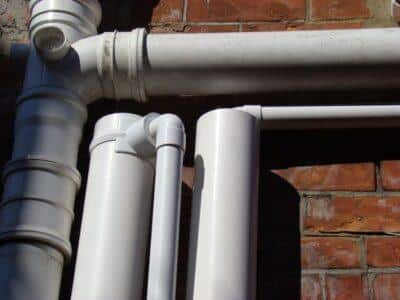| Online: | |
| Visits: | |
| Stories: |

| Story Views | |
| Now: | |
| Last Hour: | |
| Last 24 Hours: | |
| Total: | |
Save Water (And Money) With A Greywater System
As water scarcity becomes more prevalent, people are turning to different ways of conserving and reusing available water. A greywater system is one such effort at recycling, but there’s still a lot of confusion and misconceptions among the public, as well as the policy makers, about the safety and efficacy of this method.
What is greywater?
Water that has been used for various purposes in the house such as cleaning, washing and bathing comes under the label “greywater,” while that which is flushed out of the toilets is called “blackwater.” Since our traditional sewage system is not designed to make a distinction between the two, all the used water is drained out into the same sewage line. But the greywater produced in a household actually does not require the same treatment as the sewage when it is used for non-potable purposes like watering the garden and flushing the toilet.
How does it benefit you to reuse greywater?
1. Greywater reuse lowers your water bill. About 20 gallons are used per wash in a front-loading type of washing machine, and double that amount in a vertical axis top-loader. Think of all the water that is pumped out of washing machines every day, and how much you can save by reusing it.
Source:




